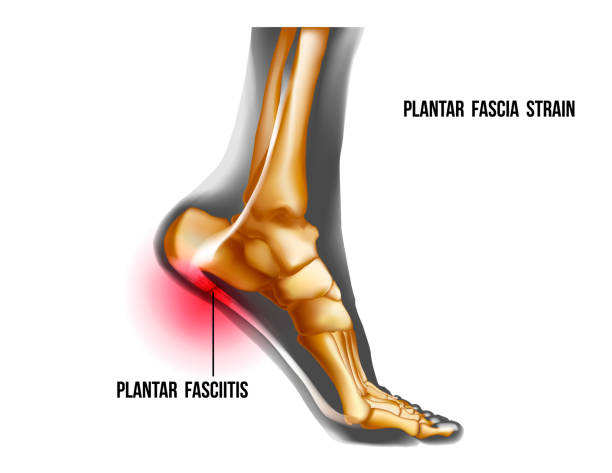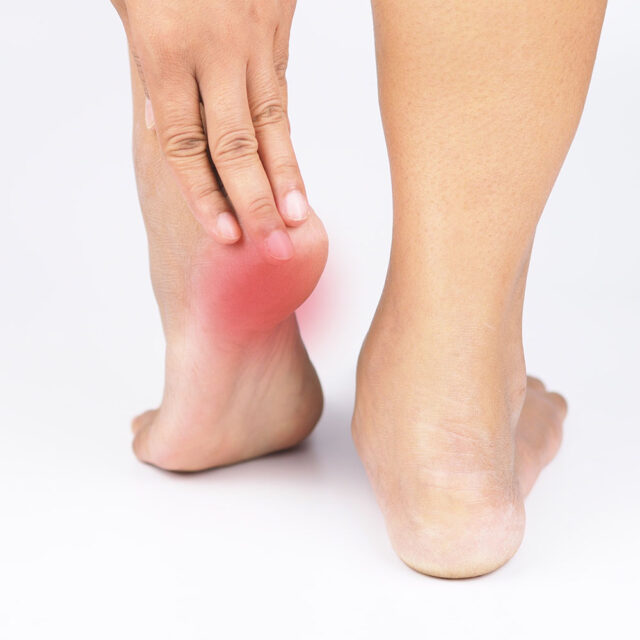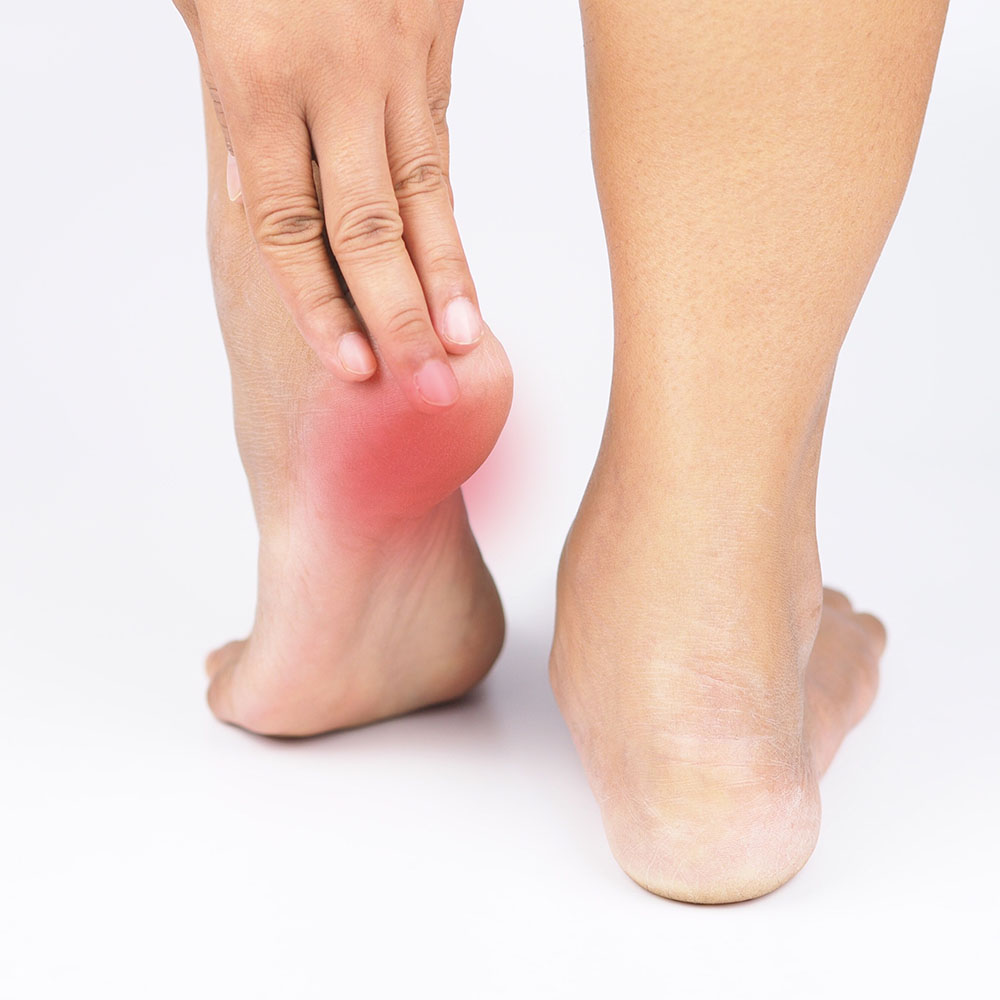Plantar Fasciitis: Causes, Symptoms, and Non-Surgical Care in Singapore
What Is Plantar Fasciitis?
Plantar fasciitis is one of the most frequent causes of heel pain, affecting both active individuals and those with sedentary lifestyles. It occurs when the plantar fascia—a thick band of tissue that runs along the bottom of your foot—becomes inflamed. This tissue connects the heel bone to the toes and supports the arch of your foot, playing a crucial role in everyday movements such as walking and running.

At our Singapore-based clinic, Dr. Dinesh Sirisena, a specialist in non-surgical orthopaedic and sports medicine, offers comprehensive, evidence-based care for plantar fasciitis. Whether your discomfort is mild or persistent, Dr. Dinesh provides treatments designed to alleviate pain and restore your mobility without the need for surgery.
Why Do People Experience Plantar Fasciitis?
There are several reasons why someone might develop plantar fasciitis. Most often, this condition affects individuals who are on their feet for long periods, such as teachers, retail workers, and healthcare professionals. It’s also commonly seen in runners and athletes involved in high-impact sports. Additionally, people with flat feet, high arches, or abnormal walking patterns may be more susceptible.

The areas typically affected include:
- The underside of the heel, often presenting as a sharp, stabbing pain
- The arch of the foot, which may feel tight or tender
Over time, if left untreated, the discomfort can spread across the entire sole of the foot, especially after long periods of rest or in the early morning.
What Causes Plantar Fasciitis, and What Are the Symptoms?
Understanding the causes of plantar fasciitis is essential for both prevention and early intervention. Several contributing factors include:
- Overuse from physical activity: Sports like running or jumping increase strain on the plantar fascia.
- Prolonged standing: Occupations that involve standing for several hours daily can gradually lead to inflammation.
- Improper footwear: Wearing shoes with inadequate arch support or cushioning contributes significantly.
- Foot structure: Flat feet, high arches, or tight calf muscles can place extra stress on the fascia.
- Weight gain: Additional body weight puts more pressure on the heel and arch.
- Calf tightness: Excessive tightness in the calf can lead to increased tension in the plantar fascia and later inflammation
Common Symptoms of Plantar Fasciitis:
Early recognition of plantar fasciitis symptoms ensures prompt and effective management. The most typical signs include:
- Sharp pain at the bottom of the heel
- Increased discomfort with the first few steps after waking up or after sitting prolonged
- Pain that worsens after standing or walking for extended periods
- Tenderness or tightness in the arch of the foot
- Mild swelling or warmth near the heel
If these symptoms persist, it’s advisable to seek medical attention to avoid chronic pain or compensatory issues affecting the knees, hips, or lower back.
How Do You Relieve Plantar Fasciitis?
Fortunately, most cases of plantar fasciitis improve with non-surgical interventions. At Dr. Dinesh’s clinic in Singapore, we focus on conservative, medically sound approaches designed to reduce discomfort and promote long-term foot health.
Recommended Treatment Approaches:
- Activity Modification
Firstly, reducing or temporarily halting high-impact activities that worsen symptoms can prevent further strain. - Footwear Assessment
Wearing supportive, cushioned shoes with proper arch support is crucial. Orthotic insoles may also be recommended to improve foot alignment. - Stretching and Strengthening Exercises
Regularly performing targeted exercises for the calf muscles, Achilles tendon, and plantar fascia helps relieve tension and reduce inflammation. - Cold Therapy
Applying an ice pack or a frozen water bottle under the foot can effectively reduce pain and swelling after prolonged standing or physical activity. - Ultrasound-Guided Interventions
In cases where conservative methods aren’t sufficient, ultrasound-guided injections, such as regenerative treatments or TENEX therapy, always adhering to established clinical safety protocols. - Physical Therapy
A tailored rehabilitation plan improves mobility, enhances strength, and prevents recurrence. - Shockwave Therapy
This evidence-supported, non-invasive option is sometimes recommended to stimulate tissue repair in chronic cases.
Why Choose Dr. Dinesh?
Dr. Dinesh’s extensive expertise in sports and exercise medicine ensures that patients receive individualized, patient-centered care. By prioritizing non-surgical treatments, his clinic helps patients recover safely while minimizing downtime. Many patients value the professional, reassuring environment and clear guidance provided throughout their recovery journey.
Professional Advice for Lasting Foot Health
Managing plantar fasciitis early is vital to prevent long-term issues. It’s equally important to adopt preventative measures, such as wearing appropriate footwear and maintaining a healthy body weight. If you’re experiencing persistent heel or foot pain, don’t wait for it to disrupt your daily life.
Schedule a consultation with Dr. Dinesh today to explore non-surgical options for plantar fasciitis in Singapore.


